Art School Trip To Florence
The Tuscan city of Florence provides a wealth of art and sculpture inspired by the Renaissance period for your art students to view, discuss and remember.
See how our itineraries are built with art teachers’ learning objectives in mind.
Highlights
The famous Michelangelo’s David at Galleria Dell'Accademia
Marvel at Angelico’s frescoes at Museo di San Marco
Boticelli at Galleria degli Uffizi
Explore Baroque masterpieces at Galleria Palatina
Hardenhuish SchoolWonderful support throughout the trip and excellent knowledge of the area visiting
Suggested itinerary
What's included*
*Please note, entrance fees where applicable are not included in typical price – contact us for more details
Recommended excursions
The Uffizi Gallery – built in 1560 for Cosimo I de’Medici – is one of the most famous museums of paintings and sculpture in the world. Students can trace the progress not only of Italian art but also the art of Western Europe from the 13th-18th centuries. They can view works by Boticelli, Michelangelo and da Vinci among many others.
Here your group can view major religious paintings of the Renaissance, with the highlight of the original Michelangelo’s David, a milestone in sculpture and an important symbol of Florence. Students can reflect on the context and the importance of this sculpture to the people of the region.
Set in an impressive building built for the Capitano del Popolo in the mid-13th century, this museum houses many important Renaissance sculptures, including masterpieces by Donatello, Luca della Robbia, Michelangelo and Cellini. There are also bronzes, medals, ivories, amber, tapestries, furniture and textiles from the Medici collections and private donors.
Set on the second floor of the Pitti Palace, this gallery has a fine collection of paintings and sculpture, mostly Italian, dating from the late 18th century to World War I. The gallery makes a fine setting for students to reflect on the art of this grand era. The elegant rooms, formerly inhabited by the Lorraine grand-dukes, are decorated with works of the neo-classical and romantic periods. Photo © Sailko
Set on the first floor of the Pitti Palace this gallery shows an impressive collection of works by Raphael, Titian, Correggio, Rubens, Pietro da Cortona and other Italian and European masters of the Renaissance and Baroque periods. The sumptuously framed paintings cover the walls of the rooms in the style of traditional 17th-century picture galleries.
This impressive Romanesque, crenellated fortress-palace is the town hall of Florence, and was the workplace of Macchiavelli when he was Secretary of the Florentine Republic. The frescoes and staircases reveal the connection of patronage and power within art, and show how art is made not only to be hung in galleries, but to be a part of everyday life.
The museum occupies a vast area of the Dominican convent of San Marco, founded in 1436. Fra Angelico, one of the great artists of the Renaissance, frescoed extensive parts of the convent. Students can soak up the serene atmosphere and peruse an important collection of 16th-century paintings, including numerous works by Fra Bartolomeo.
The Boboli Gardens are situated behind the Pitti Palace. Over centuries it has become one of Italy’s largest and most elegant Italian style gardens. The garden includes beautiful sculptures, wonderful fountains and amazing panoramic views.
Tip: This visit can be combined with the visit to the Modern Art Gallery and Galleria Palatina.
The Basilica of Santa Maria del Fiore’s incredible neo-gothic façade is something to behold. Inside are impressive tombs, frescoes and paintings. The Baptistery, a romanesque minor basilica, is one of the oldest buildings in Florence. The external imagery, particularly on the 3 bronze doors, is incredibly intricate.
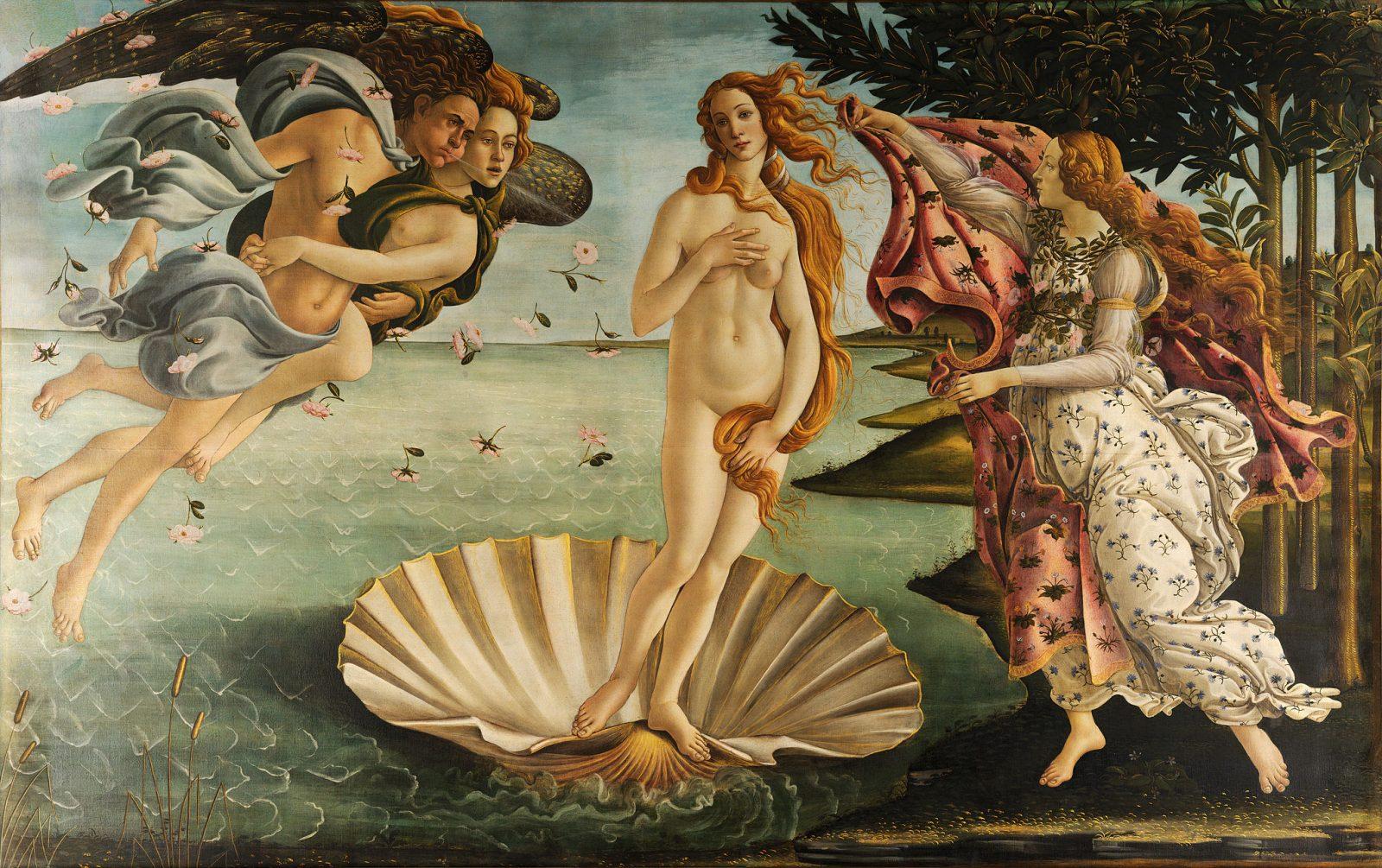
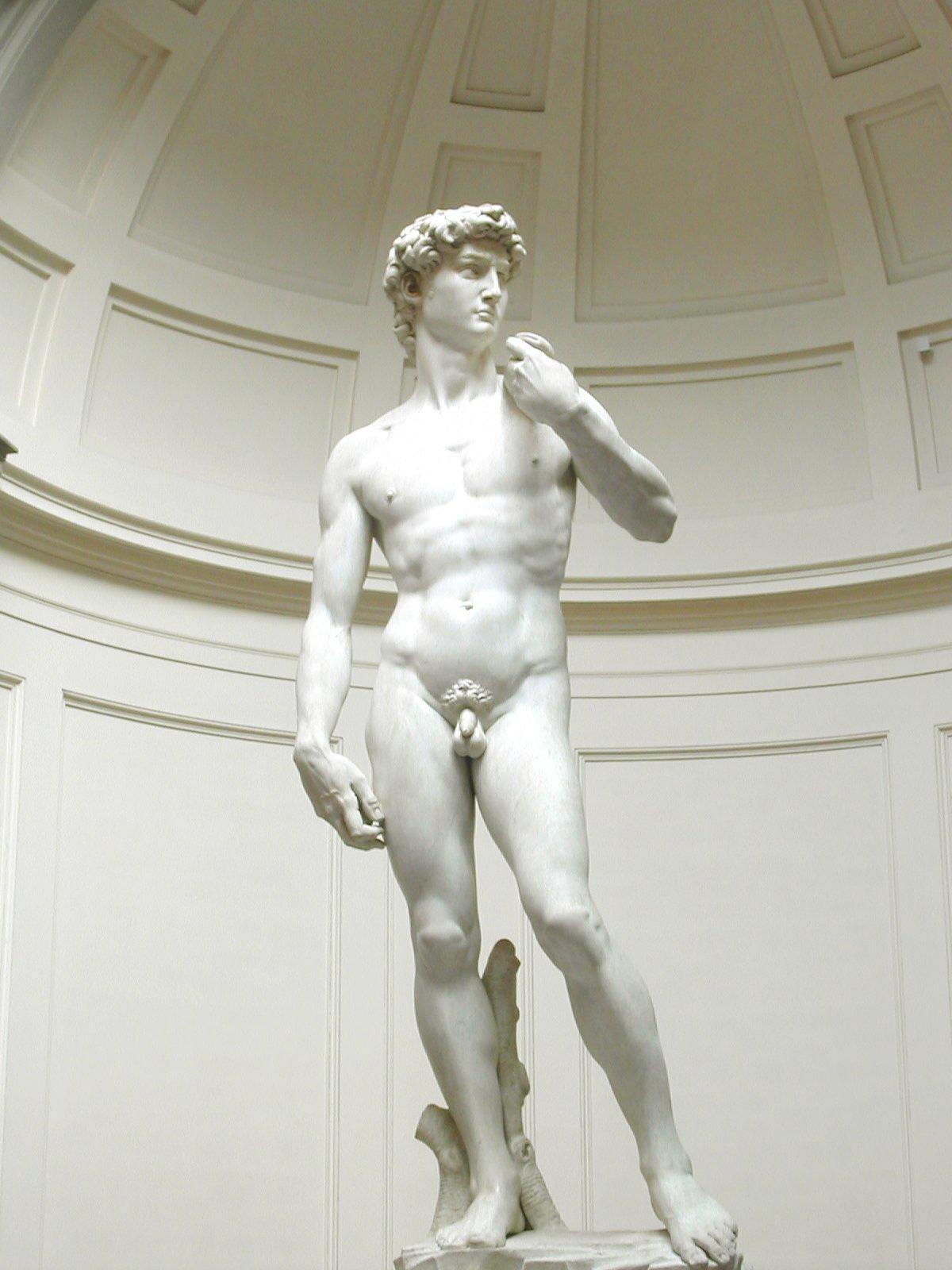
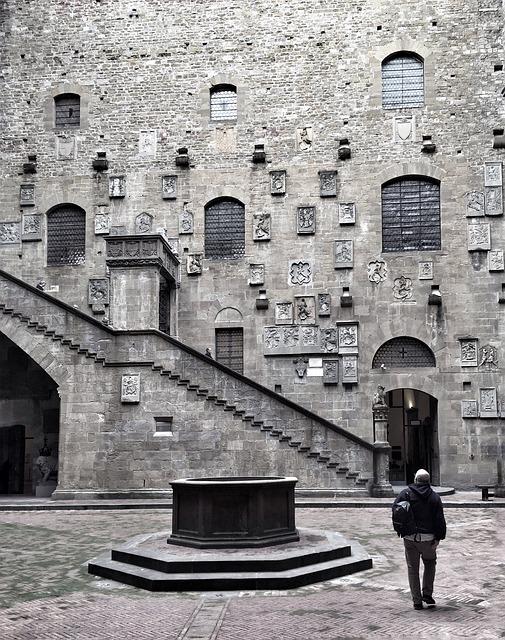
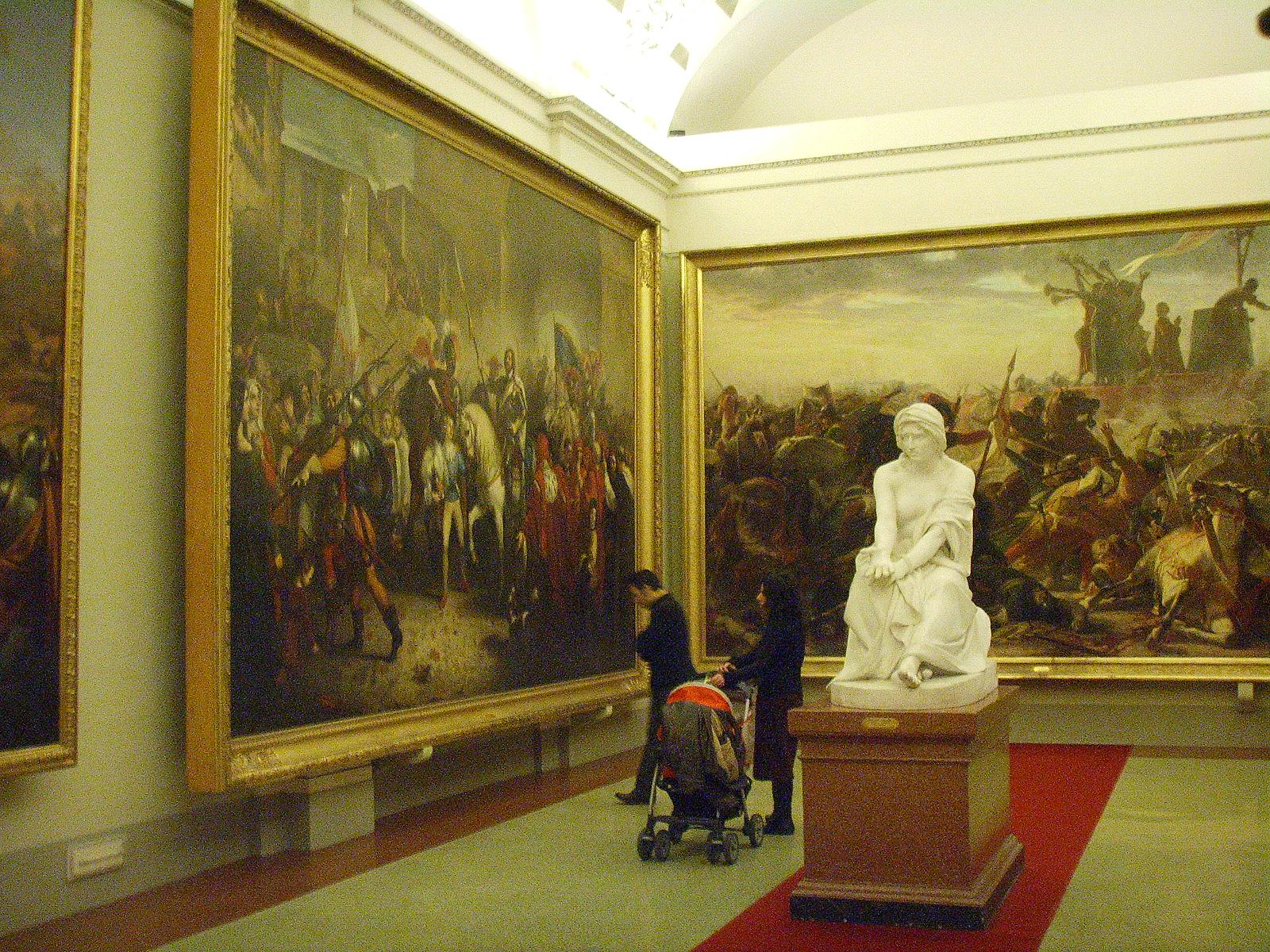
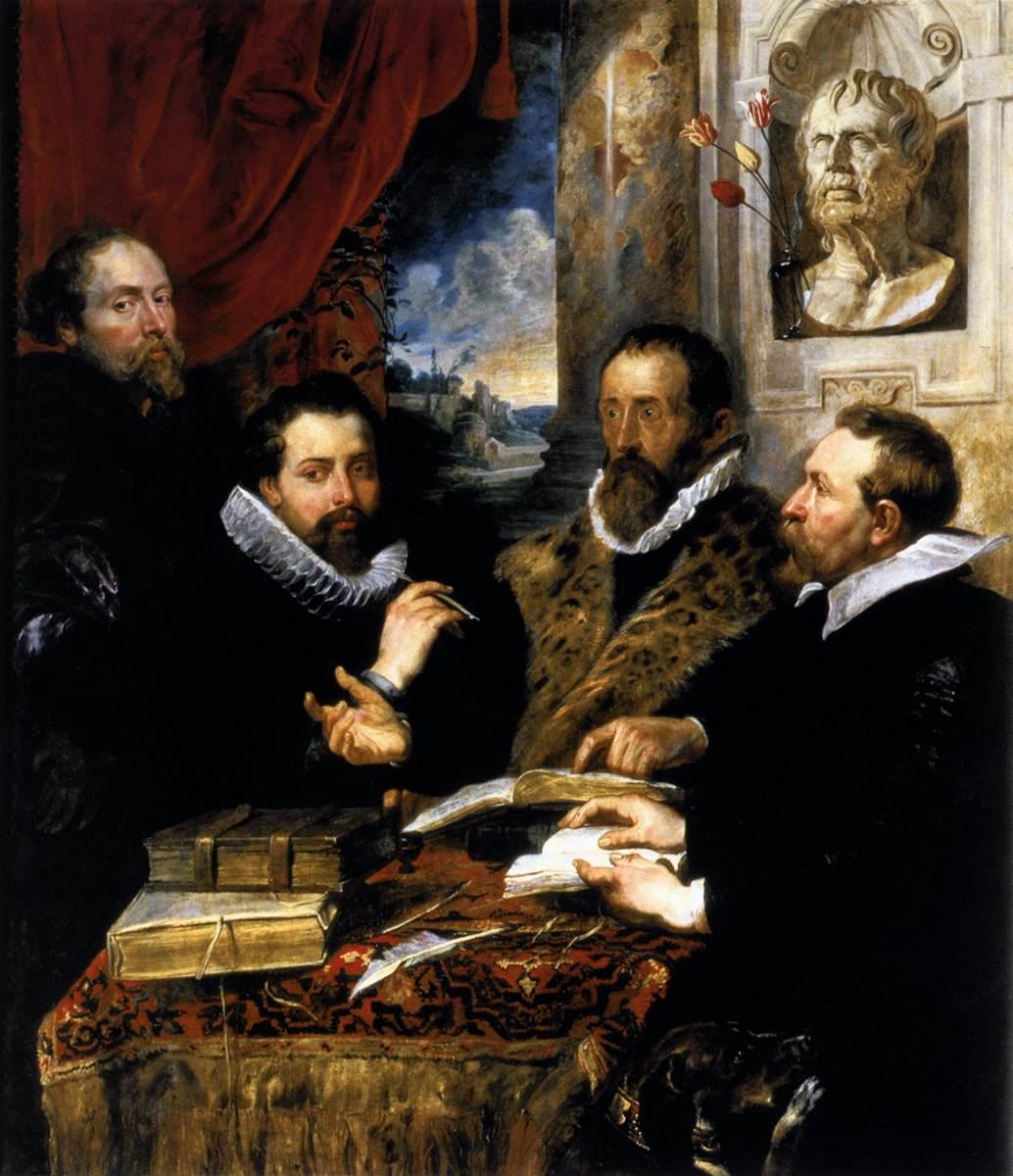
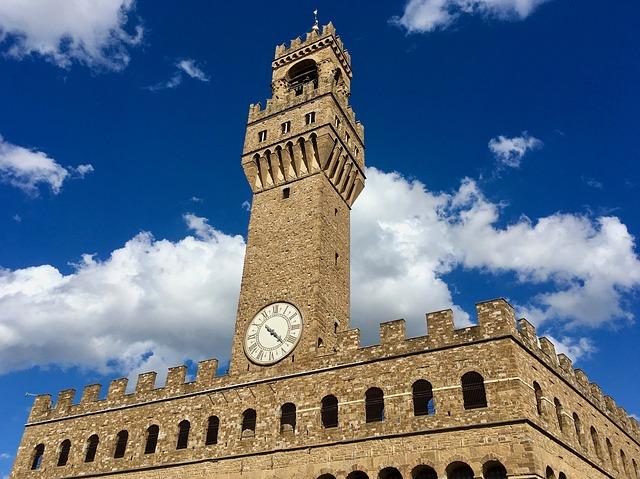
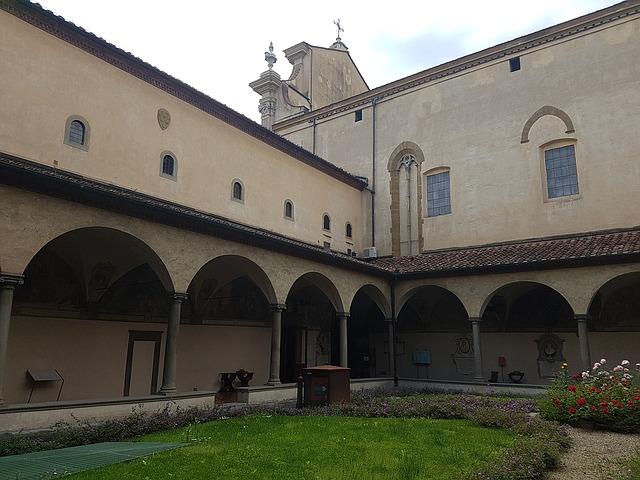
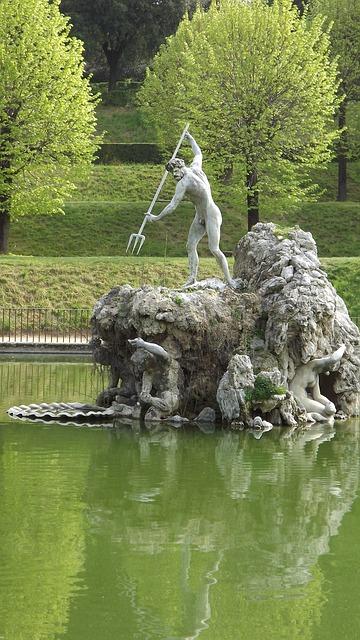
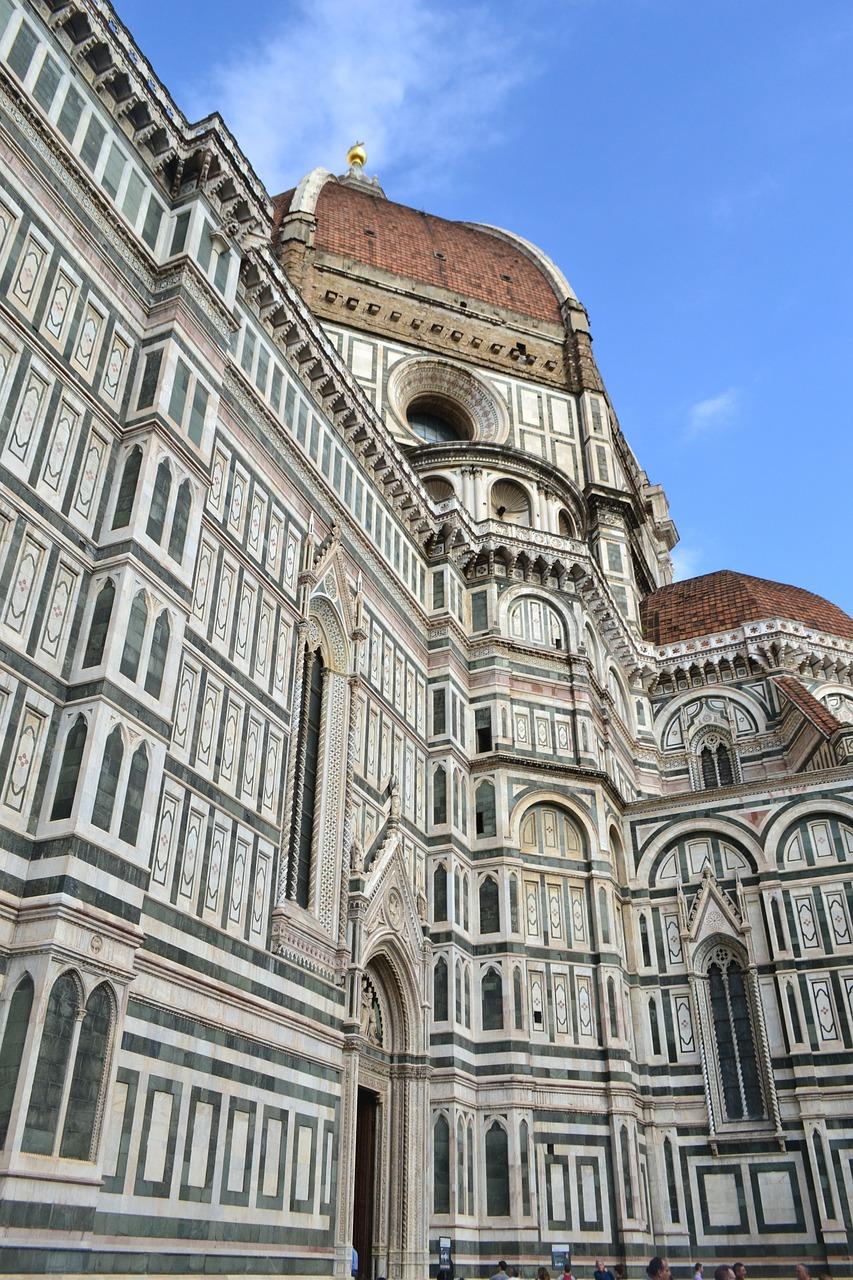
Typical accommodation
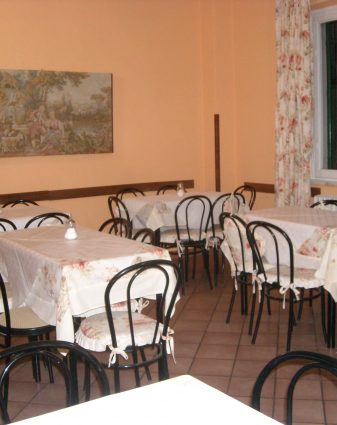
Why groups like it:
Facilities:
Learning outcomes
Subject focus
Students can:
- See a wide range of art in some of the most important art museums in the world
- Learn about the city that has provided the context for so much inspirational artwork throughout history
- Find inspiration for their own work
- Explore and evaluate how issues such as presentation were addressed in some famous works
Student outcomes
Students will have had an opportunity to:
- View a wide range of inspiring presentations and media
- Develop an understanding of the inspirations and techniques behind the works
- Encounter a range of influences to inform their own work



